10 Best Herbal Tinctures For Osteoarthritis
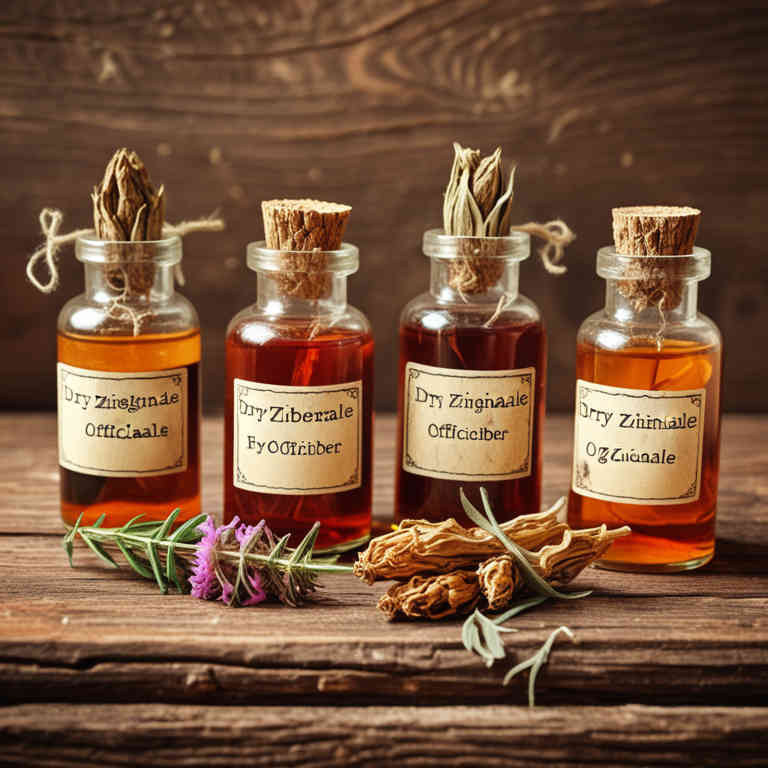
Herbal tinctures have gained popularity as a natural alternative for managing the symptoms of osteoarthritis, offering a range of anti-inflammatory and pain-relieving properties.
Commonly used herbs in these tinctures include turmeric, ginger, boswellia, and devil's claw, each known for their ability to reduce joint inflammation and improve mobility. These tinctures are typically prepared by soaking herbs in alcohol or glycerin, allowing the active compounds to be extracted for easy absorption by the body. While they may provide relief for some individuals, it is important to consult a healthcare professional before use, as they can interact with medications or have side effects.
Overall, herbal tinctures can be a complementary therapy for osteoarthritis, though their effectiveness may vary depending on the individual and the specific formulation.
FREE COURSE
How to make medicinal herbal tinctures for common ailments at home and in a weekend (using the Healing Drops System).

Table of Contents
1. Zingiber officinale
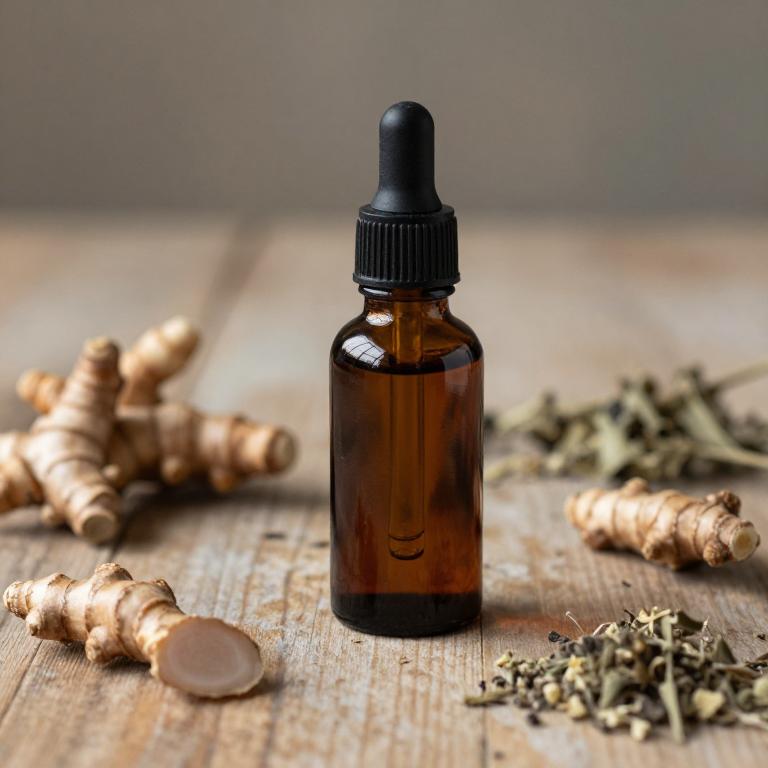
Zingiber officinale, commonly known as ginger, has been traditionally used for its anti-inflammatory and analgesic properties, making it a popular herbal remedy for osteoarthritis.
Ginger tinctures, which are concentrated liquid extracts of the root, are often used to support joint health and reduce pain associated with osteoarthritis. These tinctures contain bioactive compounds such as gingerol and shogaol, which have been shown to inhibit inflammatory pathways in the body. Studies suggest that regular use of ginger tinctures may help alleviate symptoms by reducing inflammation and improving joint mobility.
However, it is important to consult with a healthcare professional before starting any herbal treatment, especially if you are taking other medications or have underlying health conditions.
2. Curcuma longa
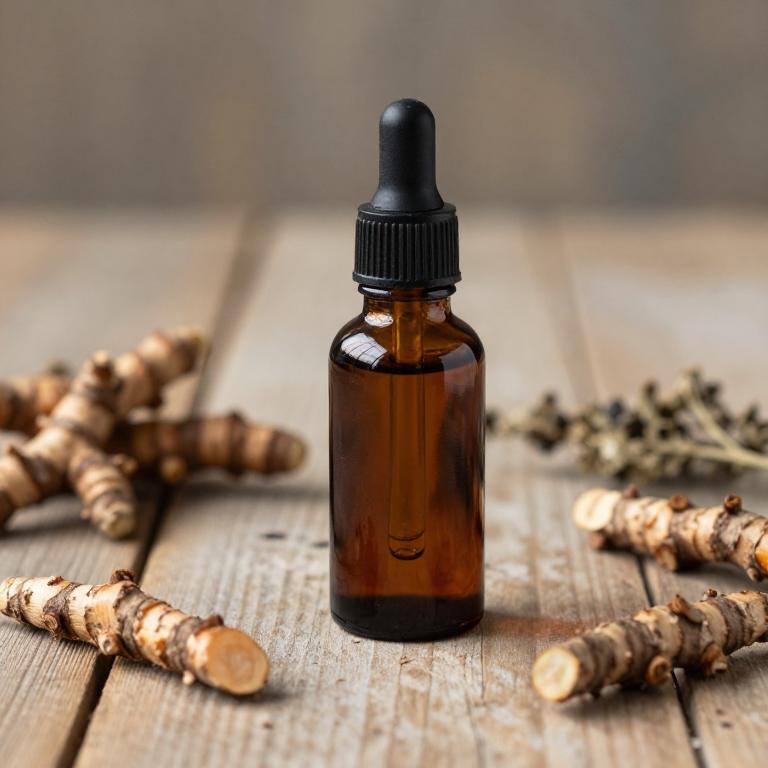
Curcuma longa, commonly known as turmeric, has been widely studied for its potential benefits in managing osteoarthritis due to its active compound, curcumin.
Herbal tinctures made from Curcuma longa are often used as natural remedies to reduce inflammation and pain associated with joint degeneration. These tinctures are typically prepared by soaking the root in alcohol to extract the bioactive components, making them easily absorbable by the body. Clinical studies suggest that curcumin may help slow the progression of osteoarthritis by inhibiting inflammatory pathways.
However, while generally considered safe, it is important to consult a healthcare provider before using turmeric tinctures, especially if taking other medications or having underlying health conditions.
3. Salvia officinalis
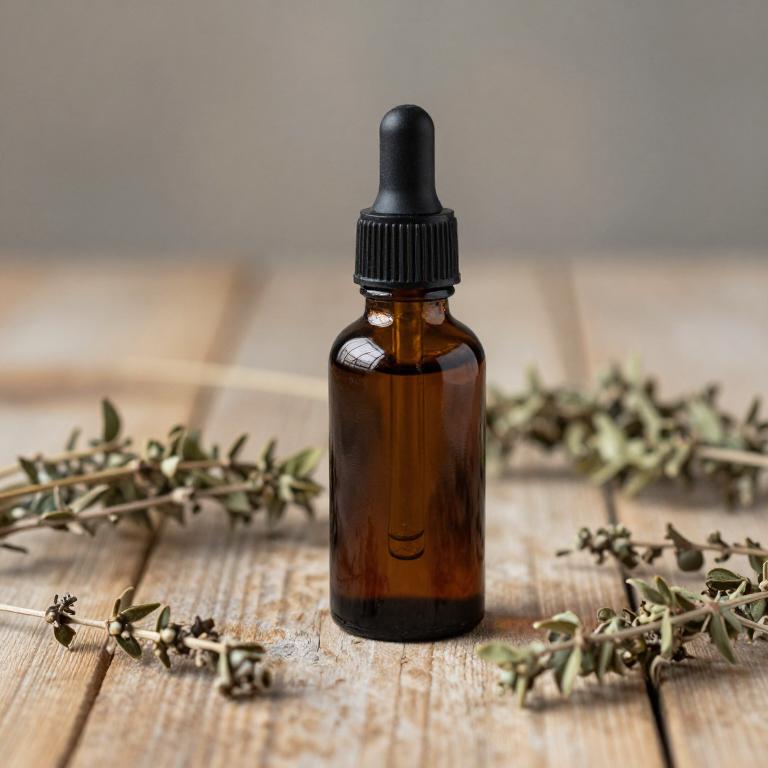
Salvia officinalis, commonly known as sage, has been traditionally used in herbal medicine for its anti-inflammatory and analgesic properties.
Tinctures made from salvia officinalis are often used to support joint health and alleviate symptoms of osteoarthritis by reducing inflammation and pain. These tinctures are typically prepared by soaking the dried leaves in alcohol, allowing the active compounds such as rosmarinic acid and flavonoids to be extracted. While some studies suggest potential benefits, more clinical research is needed to fully understand their efficacy and safety for osteoarthritis management.
As with any herbal remedy, it is advisable to consult a healthcare professional before use, especially for individuals with existing medical conditions or those taking other medications.
4. Equisetum arvense
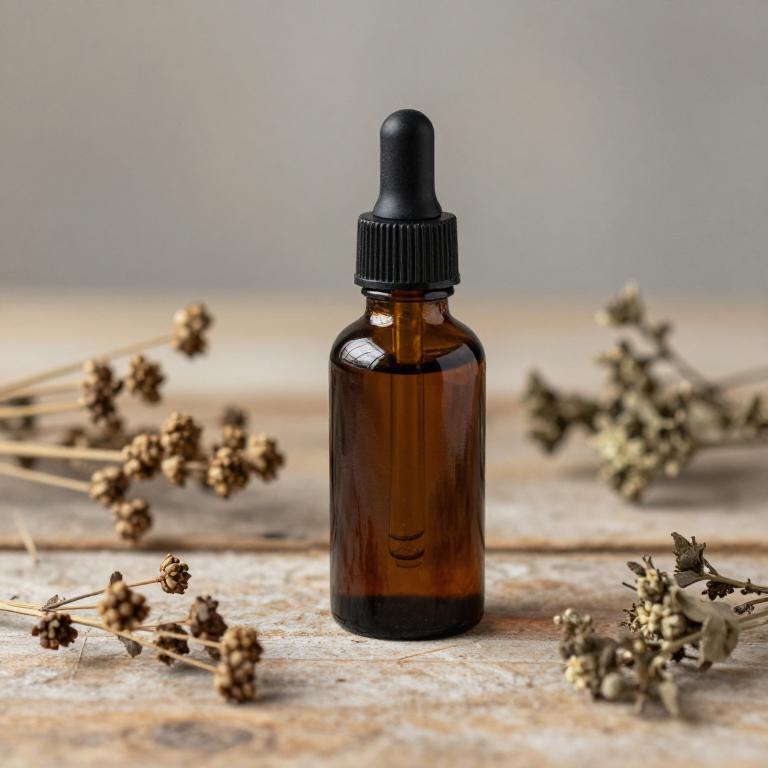
Equisetum arvense, also known as field horsetail, is a traditional herbal remedy that has been used for centuries to support joint health.
Its herbal tinctures are often prepared using alcohol as a solvent to extract the plant's active compounds, such as silica and flavonoids, which are believed to have anti-inflammatory and antioxidant properties. These tinctures are commonly used in complementary medicine to help alleviate symptoms of osteoarthritis, including pain and stiffness. Some studies suggest that the high silica content in equisetum arvense may aid in the repair and strengthening of connective tissues.
However, it is important to consult with a healthcare provider before using these tinctures, as they may interact with other medications or have side effects in certain individuals.
5. Vitis vinifera
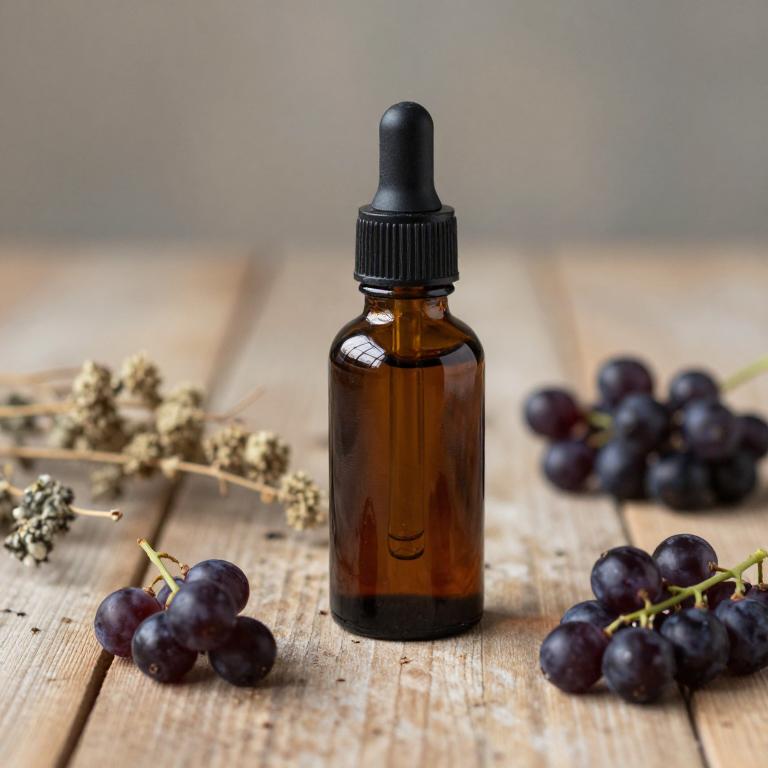
Vitis vinifera herbal tinctures, derived from the grapevine, have gained attention for their potential therapeutic effects on osteoarthritis.
These tinctures are rich in polyphenols, particularly resveratrol, which exhibits strong anti-inflammatory and antioxidant properties. Clinical studies suggest that Vitis vinifera may help reduce joint pain and improve mobility in individuals suffering from osteoarthritis. However, while some research supports its use, more rigorous trials are needed to confirm its efficacy and safety.
As a complementary therapy, Vitis vinifera tinctures should be used under the guidance of a healthcare professional to ensure proper dosage and avoid interactions with other medications.
6. Cnicus benedictus
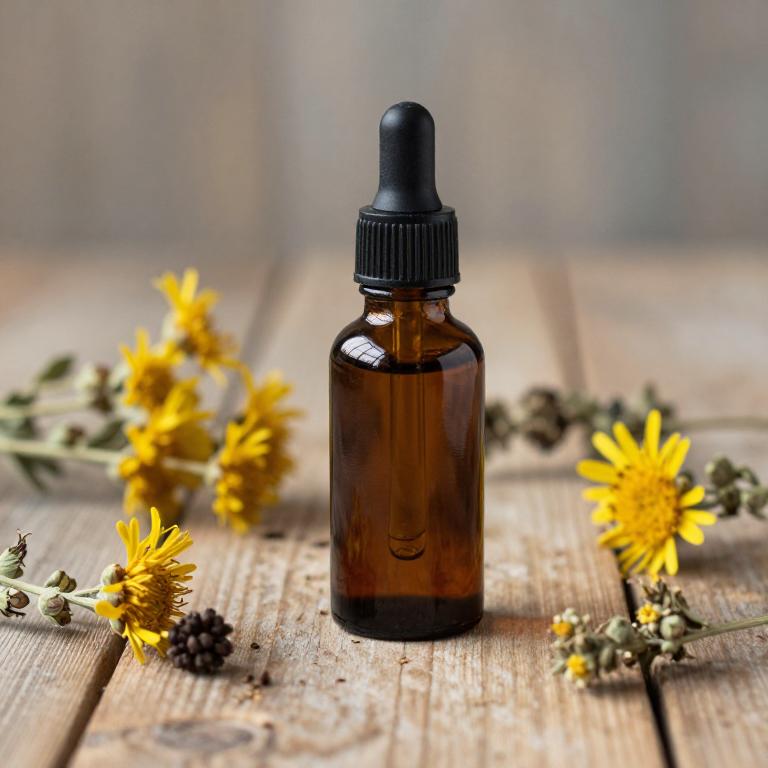
Cnicus benedictus, commonly known as blessed thistle, is a medicinal herb that has been traditionally used for its potential anti-inflammatory and analgesic properties.
Herbal tinctures made from Cnicus benedictus are often explored as a natural remedy for osteoarthritis due to their purported ability to reduce joint inflammation and pain. These tinctures are typically prepared by soaking the dried herb in alcohol to extract its active compounds, which may include flavonoids and sesquiterpene lactones. While some preliminary studies suggest possible benefits, more clinical research is needed to confirm their efficacy and safety for long-term use in osteoarthritis management.
As with any herbal supplement, it is advisable to consult a healthcare professional before incorporating Cnicus benedictus tinctures into a treatment plan.
7. Silybum marianum
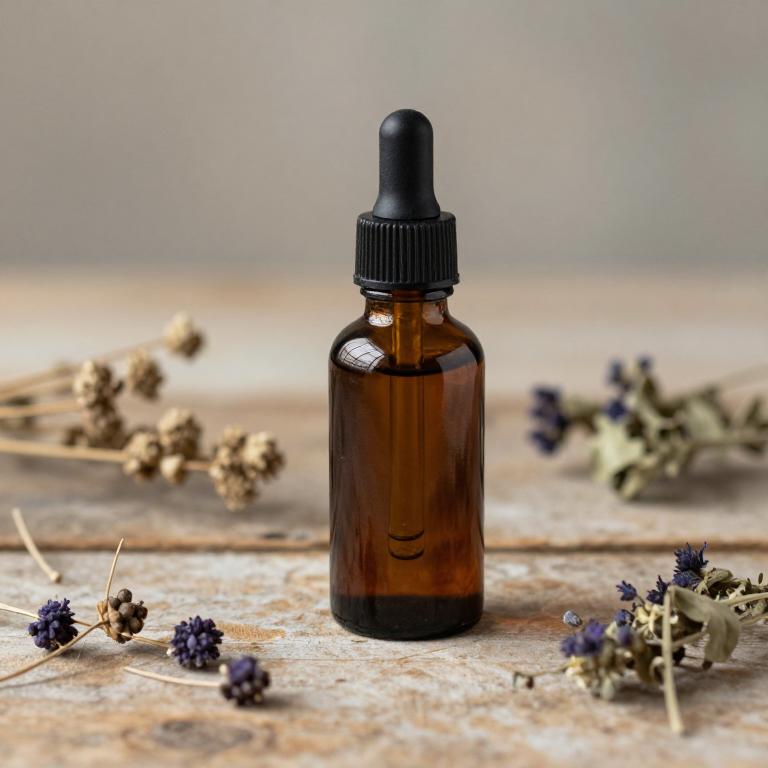
Silybum marianum, also known as milk thistle, is a herbal plant that has been traditionally used for its liver-protecting properties, but recent studies suggest it may also offer benefits for osteoarthritis.
The active compound, silymarin, is believed to possess anti-inflammatory and antioxidant effects that can help reduce joint inflammation and pain. Herbal tinctures made from Silybum marianum are often taken orally and may support overall joint health by promoting tissue repair and reducing oxidative stress. While more research is needed, some individuals with osteoarthritis report improved mobility and decreased discomfort after using these tinctures.
As with any herbal remedy, it is important to consult with a healthcare provider before incorporating Silybum marianum into a treatment plan for osteoarthritis.
8. Hypericum perforatum
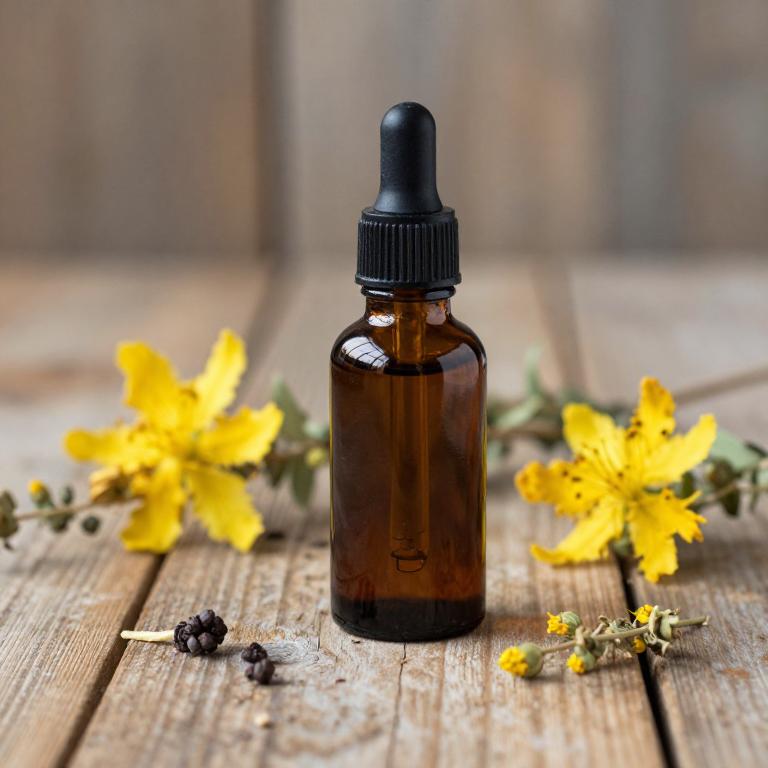
Hypericum perforatum, commonly known as St. John's wort, is a herbal plant that has been traditionally used for its potential anti-inflammatory and analgesic properties.
Herbal tinctures made from Hypericum perforatum are often used as complementary therapy for osteoarthritis due to their ability to reduce joint pain and inflammation. These tinctures are typically prepared by soaking the dried plant material in alcohol, allowing the active compounds such as hypericin and hyperforin to be extracted. While some studies suggest that St. John's wort may offer relief for osteoarthritis symptoms, it is important to consult a healthcare provider before use, as it can interact with other medications.
Overall, Hypericum perforatum tinctures may be a natural option for managing osteoarthritis, though their efficacy and safety should be carefully evaluated.
9. Achillea millefolium
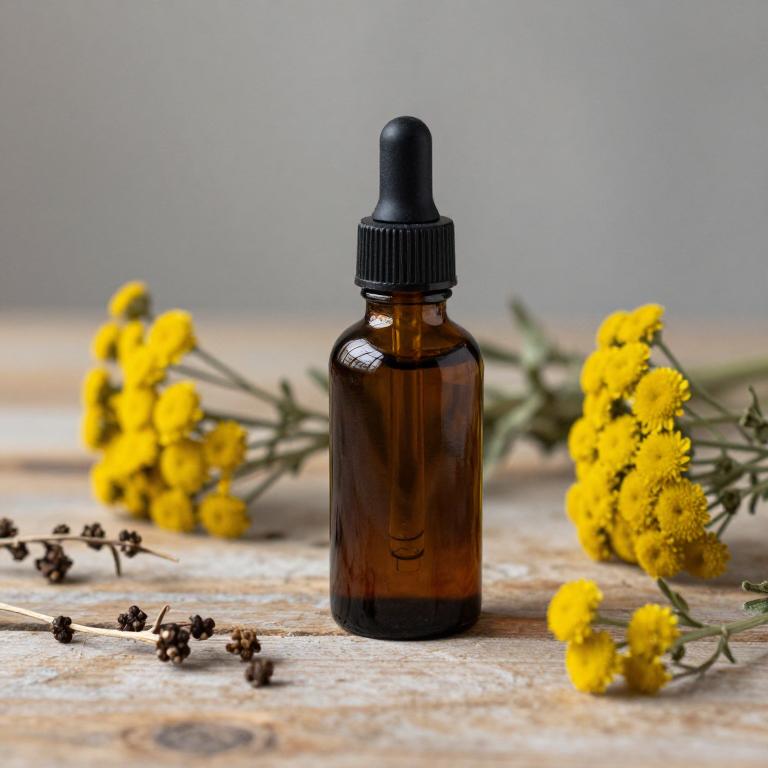
Achillea millefolium, commonly known as yarrow, has been traditionally used in herbal medicine for its anti-inflammatory and pain-relieving properties.
Herbal tinctures made from Achillea millefolium are often prepared using alcohol as a solvent to extract the active compounds, such as flavonoids and essential oils. These tinctures may help alleviate symptoms of osteoarthritis by reducing joint inflammation and improving circulation. Some studies suggest that the compounds in yarrow may inhibit inflammatory pathways in the body, supporting its use as a complementary therapy.
However, it is important to consult a healthcare professional before using yarrow tinctures, especially for individuals with existing health conditions or those taking medications.
10. Boswellia serrata
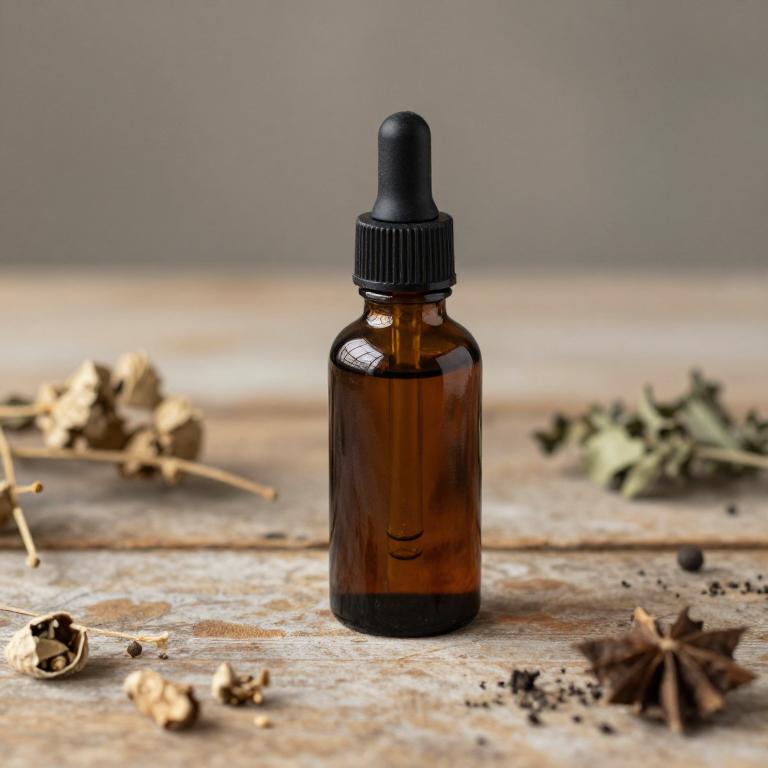
Boswellia serrata, also known as Indian frankincense, is a herbal remedy that has been traditionally used for its anti-inflammatory properties.
Boswellia serrata herbal tinctures are concentrated extracts of the resin from the Boswellia serrata tree, often used to support joint health and alleviate symptoms of osteoarthritis. These tinctures contain active compounds called boswellic acids, which are believed to inhibit inflammatory responses in the body. Studies suggest that boswellia serrata may help reduce pain and improve mobility in individuals with osteoarthritis.
However, it is important to consult with a healthcare provider before using these tinctures, as they may interact with other medications or have side effects in certain individuals.